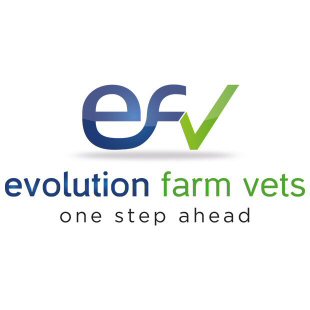Choke occurs due to a blockage of the oesophagus or throat, meaning that the cow cannot swallow or eructate to release gas from the rumen. It occurs when the animal eats too greedily, eats large solid objects (apples, potatoes etc.) or dry feeds that get lodged in the throat. It may also occur following treatment of Hypoderma lineatum (Warble flies) in the oesophageal larval stage, which releases dead larvae and leads to a severe reaction. The obstruction may be partial or complete. The four main locations of obstruction are where there is narrowing of the oesophagus or the surrounding structures that lead to feeds becoming trapped. These sites are
- Pharyngeal inlet (at the back of the throat)
- Thoracic inlet (at the start of the ribcage)
- Base of the heart (where the aorta wraps around the oesophagus)
- The cardia of the rumen (entrance to the rumen where there is a muscular sphincter)
Clinical Signs
- Bloat, due to inability to eructate gas from the rumen (may be fatal)
- Difficulty swallowing
- Increased salivation
- Feed present at the nostrils
- Acute onset coughing
- Extension of the head and neck and rapid, shallow breathing
- Anxious, inappetant, distress (depending on severity)
Complications may arise due to the primary problem, including aspiration pneumonia (pneumonia due to inhalation of feed particles), oesophageal rupture or oesophageal stricture (scarring)
Treatment
The first aim of treatment should be to relieve bloat as this could be fatal. This can be achieved by attempting to pass a gastric tube and gently trying to push the obstructing object into the rumen. Use of a mild sedative may help to relax the oesophageal muscles and allow the obstruction to slide down the oesophagus. If passing a tube fails, bloat can be relieved by use of a trochar through the abdominal and ruminal wall. Antibiotics may be required if aspiration pneumonia or damage to the oesophageal lining is suspected. The condition is also likely to be painful and cause some bruising to the area, so use of anti-inflammatory drugs (NSAIDs such as flunixin meglumine or meloxicam) may be indicated. Soft feed should be provided until inflammation has resolved and the animal is comfortable. Prognosis is good if there is no stricture formation and bloat is treated early.
